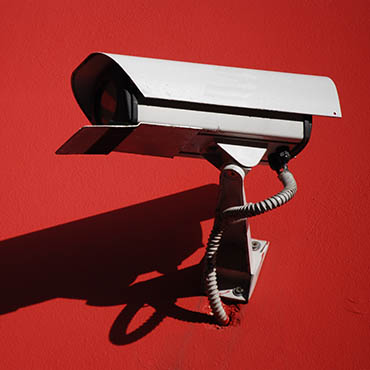Spy gadgets, transparency and 800 monkeys

Robert Litt, general counsel for the ODNI, argues that Congress and the courts have a say on intelligence policy, but not on the tech used to implement it.

Congress and the courts have taken an increasing interest in how U.S. spy agencies conduct their business over the past decade, but the intelligence community is not beholden to either about the technology it uses to process and analyze information it has legally obtained, says Robert Litt, general counsel of the Office of the Director of National Intelligence.
Speaking at a Sunlight Foundation event about oversight of surveillance programs on May 8, Litt explained that the focus of the oversight by courts authorized under the Foreign Intelligence and Surveillance Act was on selecting targets for surveillance within the boundaries of the law, and that the statutes themselves leave it to intelligence agencies to develop their own sources and methods of acquiring and analyzing information.
"The technology is not the problem. The legal authorities are the problem," Litt said. "There are all sorts of technical capabilities that NSA has. ... The question is when are they used and what are the legal authorities under which they are used."
The authority of intelligence agencies to collect telephone metadata from domestic carriers in bulk expires June 1. Lawmakers are in the midst of a debate on whether and how to reauthorize Section 215 of the Patriot Act, a discussion that is complicated by a recent appeals court opinion that declared that the bulk collection conducted by the National Security Agency, which was revealed to the public in the Edward Snowden leaks, "exceeds the scope of what Congress has authorized," per the ruling. As a backdrop to the debate, it is instructive to understand that the technology that enables the analysis of bulk records, video collected by drone surveillance, or the computer-based translation of non-English telephone intercepts is not checked or overseen by the authorities that have a say in what the NSA is allowed to collect.
The discussion about the relationship between policy and technology arose as Litt parried questions from a reporter and a researcher about whether the NSA was researching and implementing advanced voice recognition and speech-to-text rendering technology. Such technology, as reported by the Intercept, would supercharge the ability of the NSA to generate useful information and insights from the massive stores of voice communications collected by the agency.
"There's nothing lawful or unlawful about a technique that converts speech to text. What is lawful or unlawful is what communications NSA collects, and under what authority. And that's what we have been much more transparent about than in the past. That is what is fully known to the intelligence committees who are the authorized congressional overseers. But how it is that NSA is able to implement its lawful authorities can frequently be the kind of thing that does cause damage when it gets out there," Litt said.
Litt stressed at several points that he was not acknowledging or denying the presence of such speech recognition technology in the NSA's analytic arsenal. (It would not come as a huge shock if it were the case – such technology is widely available commercially and is in use on Google and Apple smartphones.) But Litt did suggest that details on when and how the intelligence community uses technology was not part of the ODNI's transparency push in the wake of the Snowden leaks. Litt also said that the specific technologies that allow intelligence agencies to process high volumes of information at blazing speeds were not relevant to the legal framework of what NSA is allowed to collect.
"If the orders authorize it, we're allowed to do it. If they don't, we're not. It doesn't matter whether we would use speech-to-text recognition tools or whether we use 800 monkeys sitting at typewriters," Litt said.
NEXT STORY: NSA chief wary of proxies



